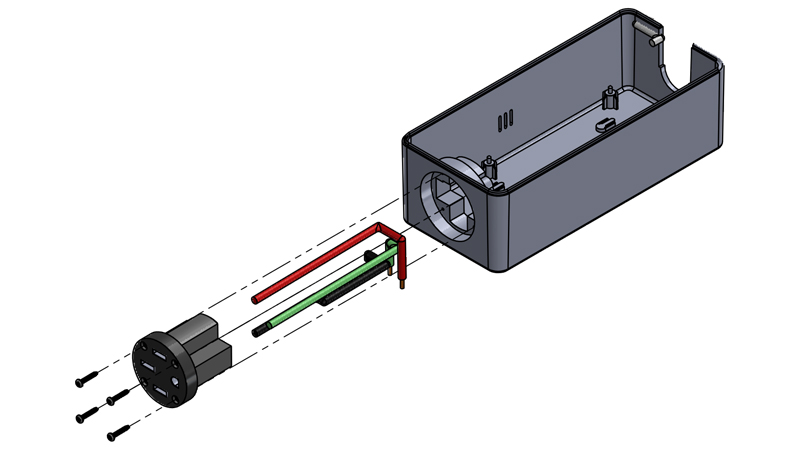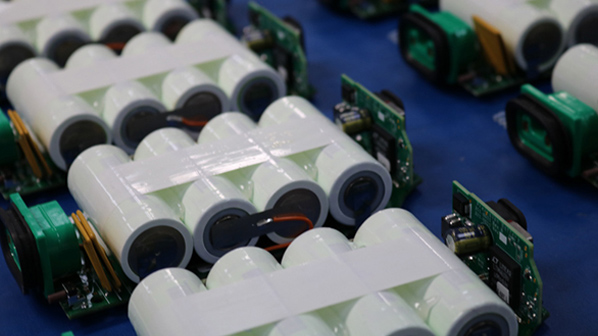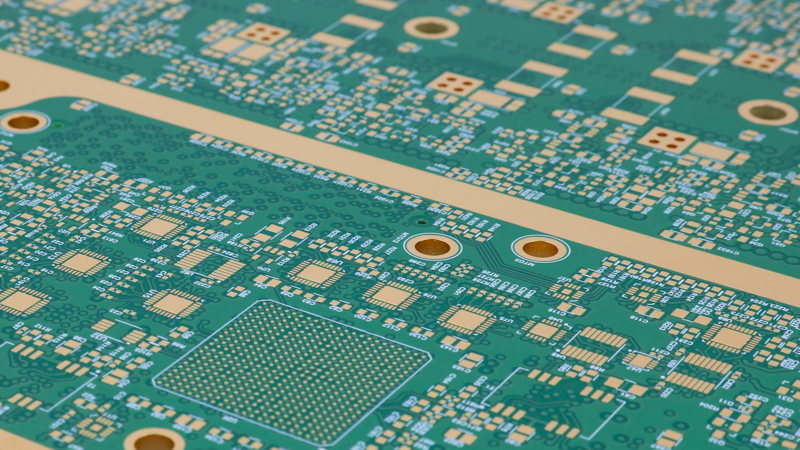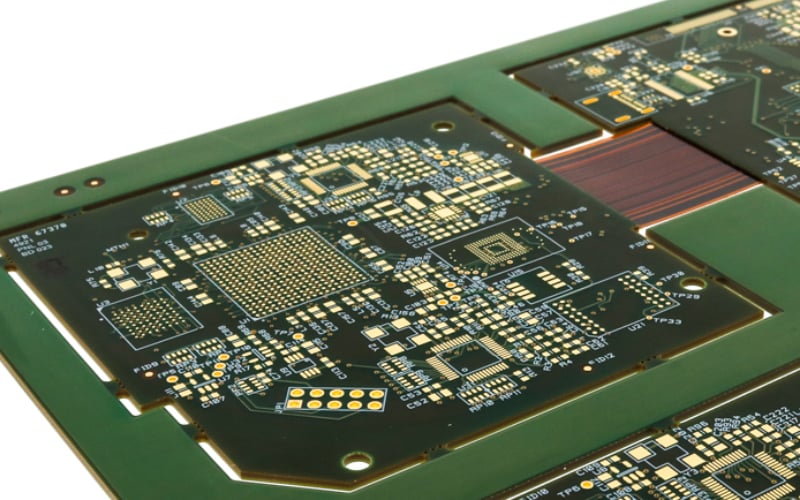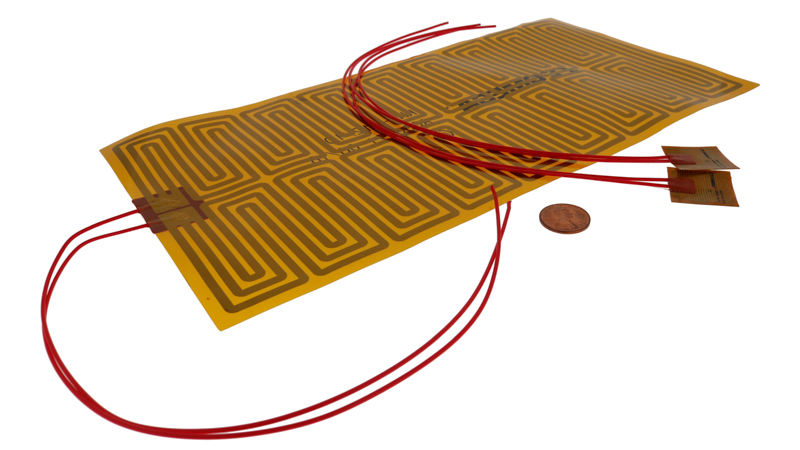The advent of 3D printing has drastically changed how products and designs come to market. From rapid prototyping to personalized manufacturing, 3D printing offers endless possibilities. However, to harness its full potential, designers must understand the unique considerations and constraints associated with this transformative technology.
Epec Engineered Technologies

Recent Posts
At the conclusion of our webinar, Adding Keypads and Cables to Your Injection-Molded Enclosure, we had several questions submitted to our presenter, Steven J. Goodman, User Interface & Cable Assembly Product Manager at Epec. We have compiled these questions into a readable format on our blog.
Legacy design is a term used to describe technology, systems, and products that were developed in the past and are still being manufactured and supported. A main concern with legacy designs is dealing with hardware and software components that are no longer actively supported or improved by the original vendor and may no longer be compatible with newer technologies.
At the conclusion of our webinar, Challenges Designing and Manufacturing Lithium-Ion Battery Packs, we had several questions submitted to our presenter, Randy Ibrahim, Battery Development Consultant at Epec. We have compiled these questions into a readable format on our blog.
Flexible heating elements have been used in various devices and applications for decades, but in recent years, flexible heaters have become increasingly used and relied upon in the medical industry. There are several reasons for this, but most importantly, they offer a wide range of benefits that other types of heaters simply cannot match.
At the conclusion of our webinar, PCB Manufacturing Facilities: Certifications, Compliance, and Security - we had several questions submitted to our presenter, Ed McMahon, CEO at Epec. We have compiled these questions into a readable format on our blog.
Here at Epec, we take cybersecurity extremely seriously, and it's essential to stay up to date on the latest safety measures. That means understanding how hackers and scammers operate so you can protect yourself from them. To do this, it helps to learn about topics like password security, malware protection, data encryption, and firewalls. Taking the time to research these topics now can save you lots of trouble down the road.
Mil-aero devices live in a special place in the worlds of design and engineering. These are devices that are often subjected to extraordinary environments. They have extreme requirements, and they often must function in the harshest environments of the world.
At the conclusion of our webinar, Electrical vs Mechanical Requirements in Flex & Rigid-Flex PCB Designs, we had several questions submitted to our presenter, Paul Tome, Product Manager Flex and Rigid-Flex, at Epec. We have compiled these questions into a readable format on our blog.
Flexible heaters bring with them a wide range of advantages that cannot be ignored for most applications. For starters, they offer superior versatility (hence the name) when alternative types of heaters and can have very thin form factors as well.



